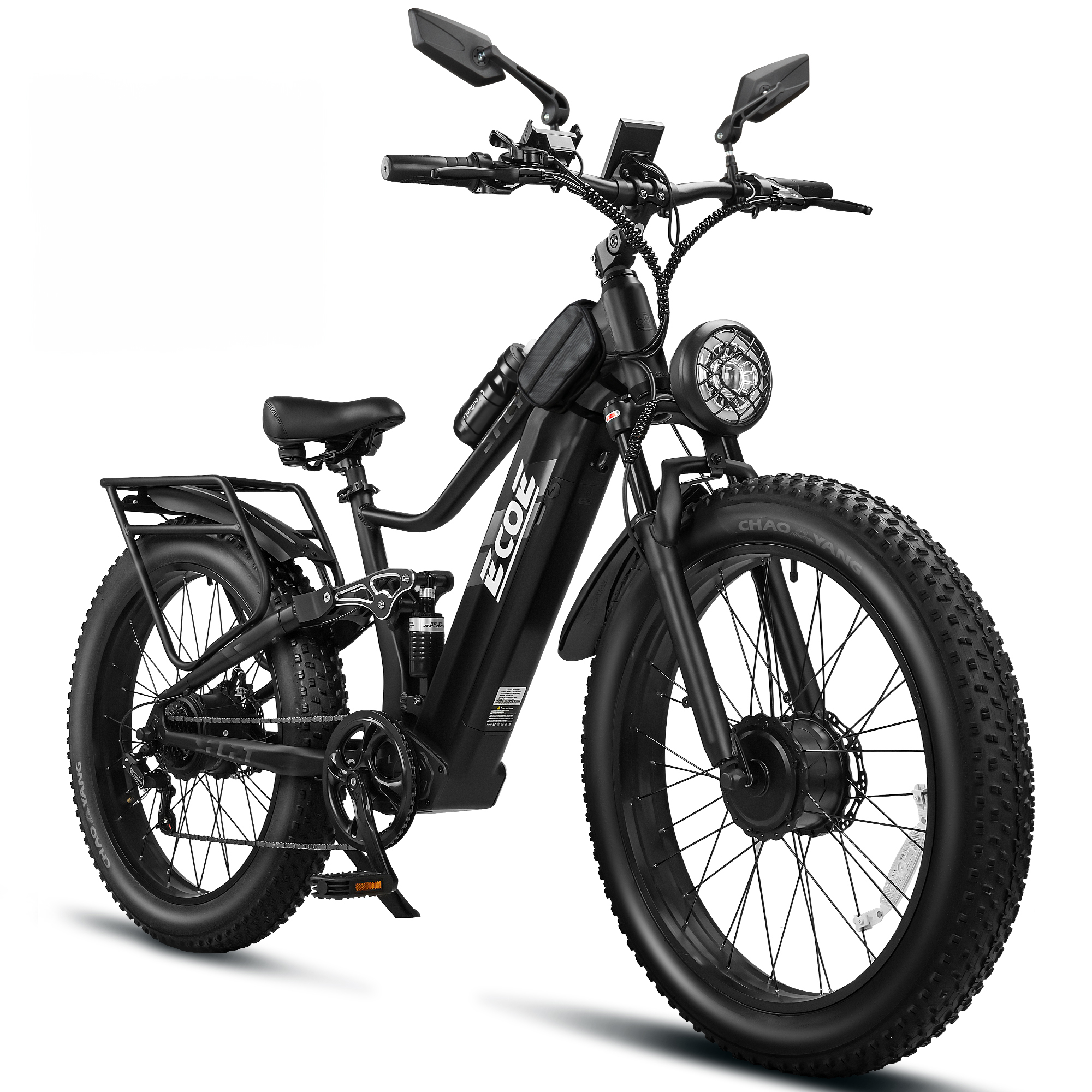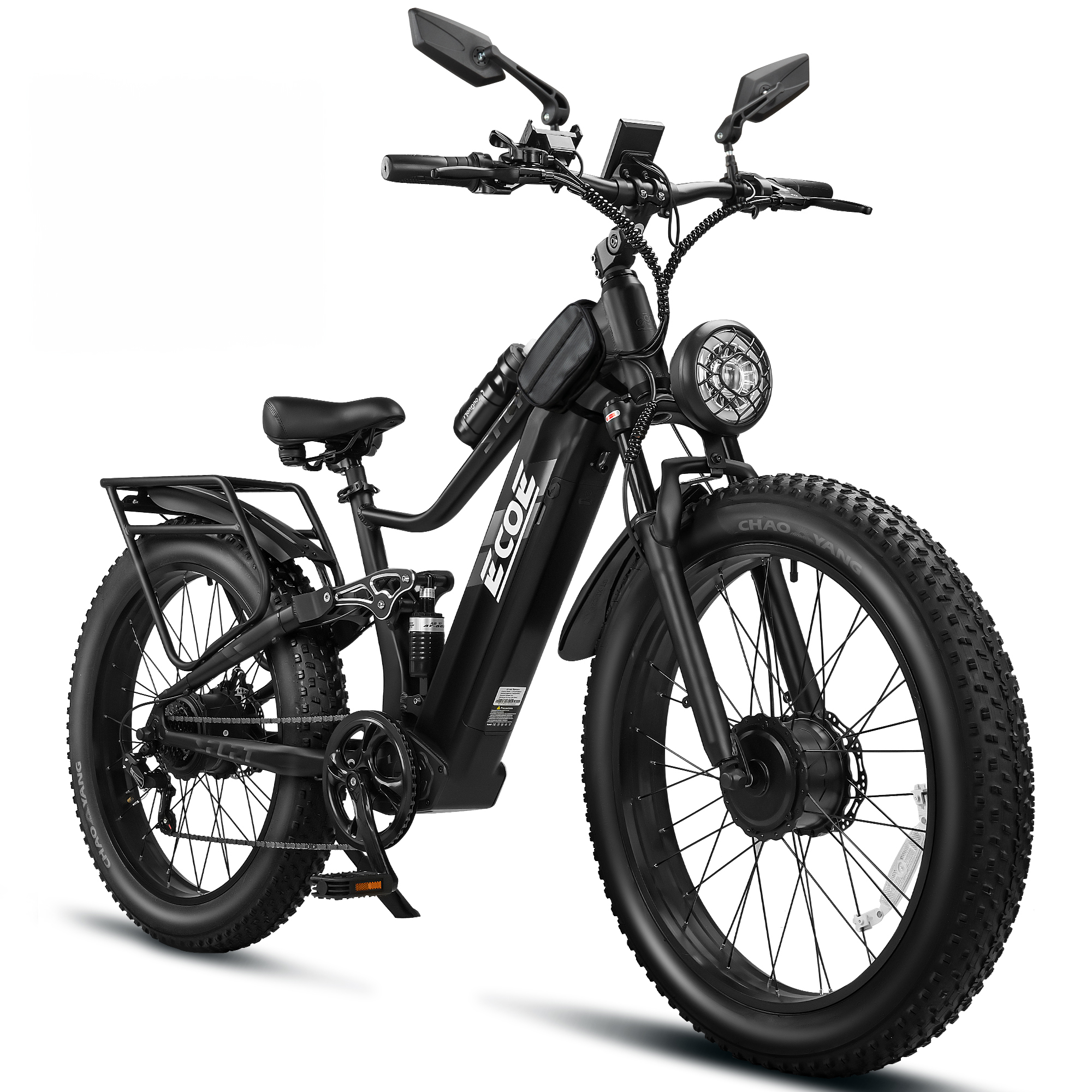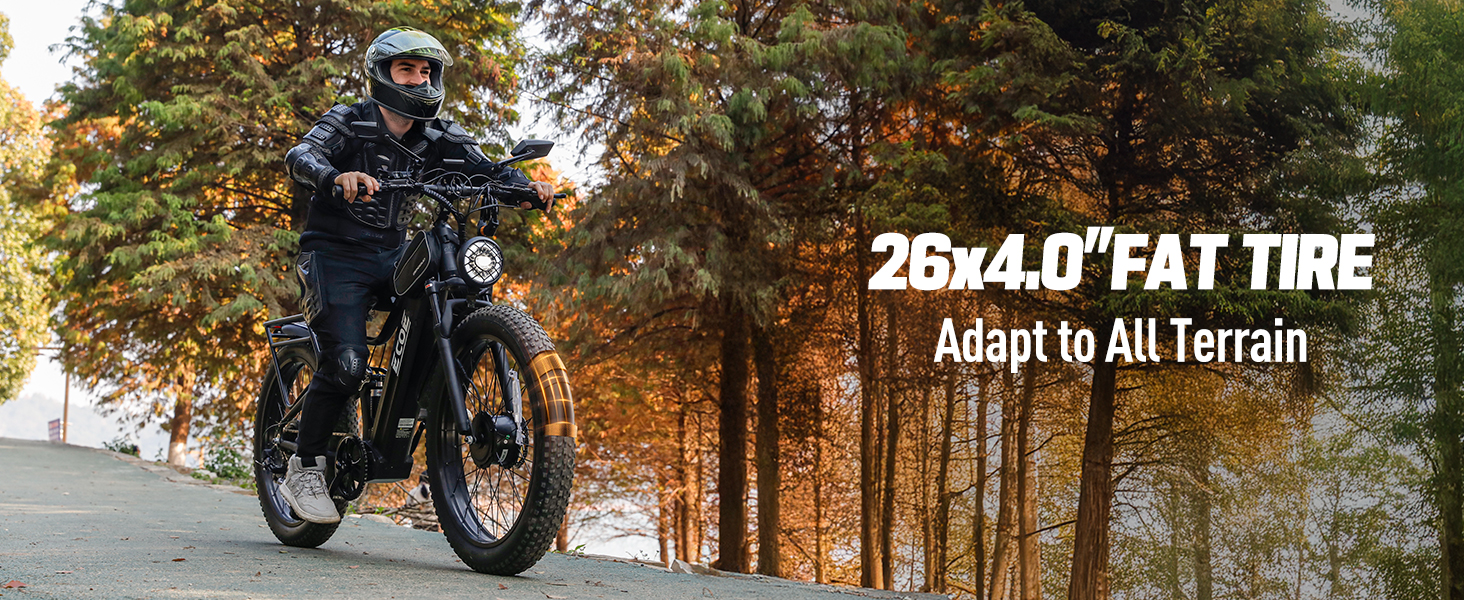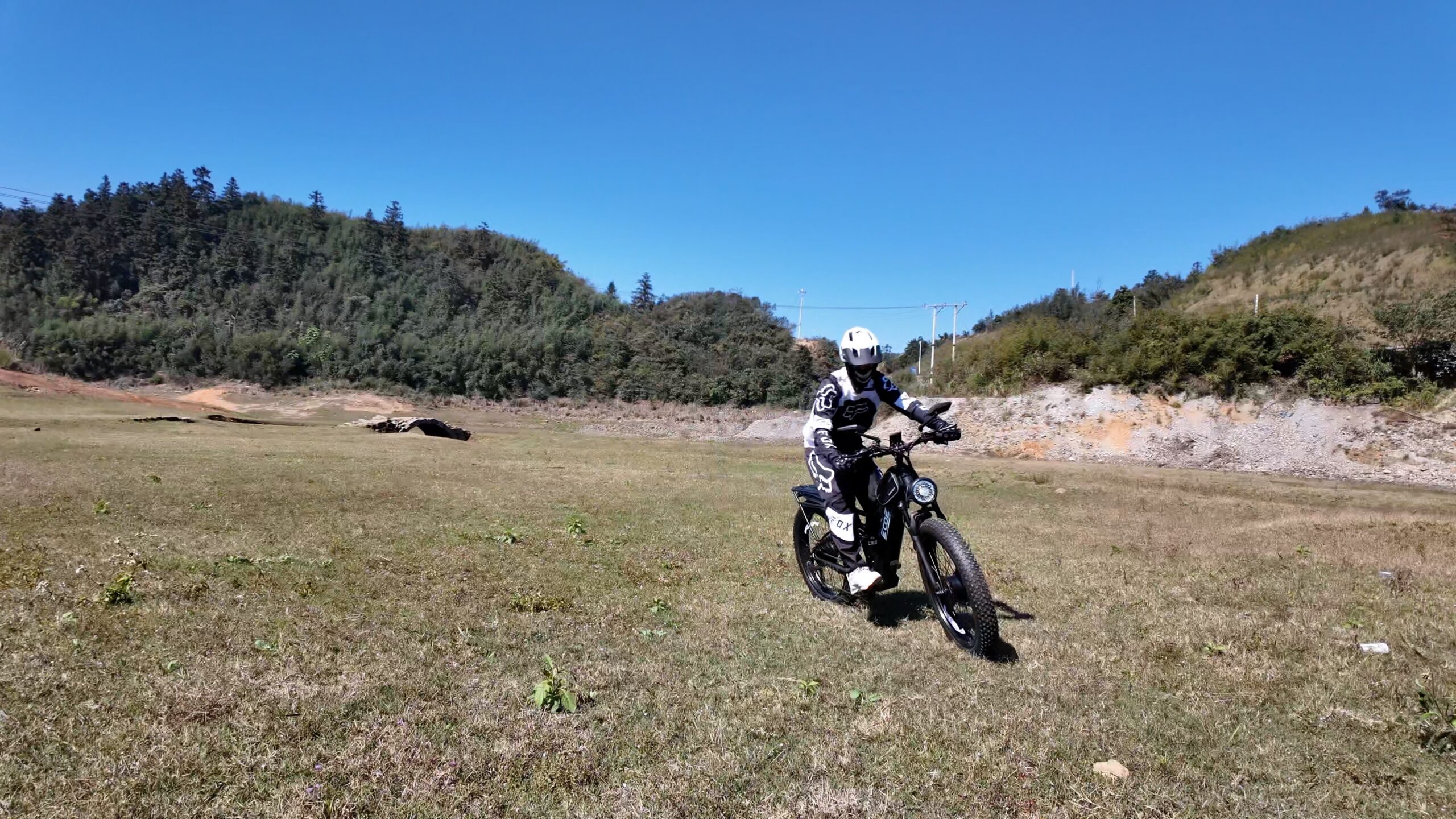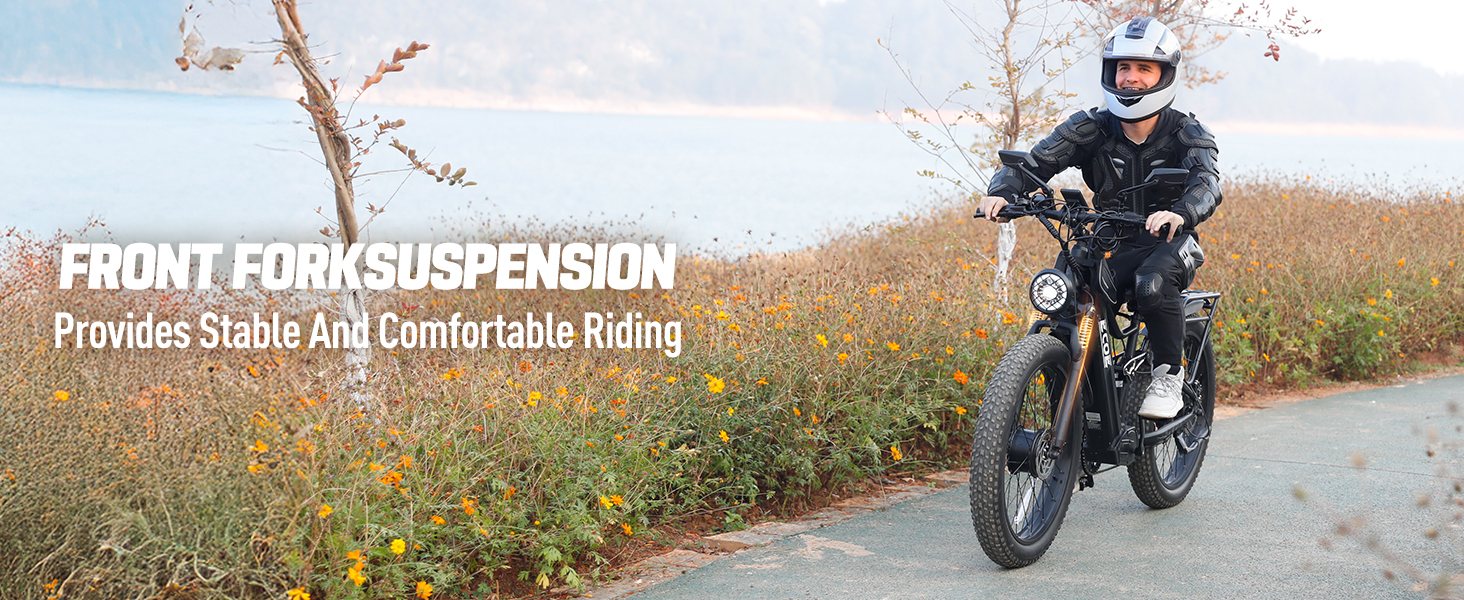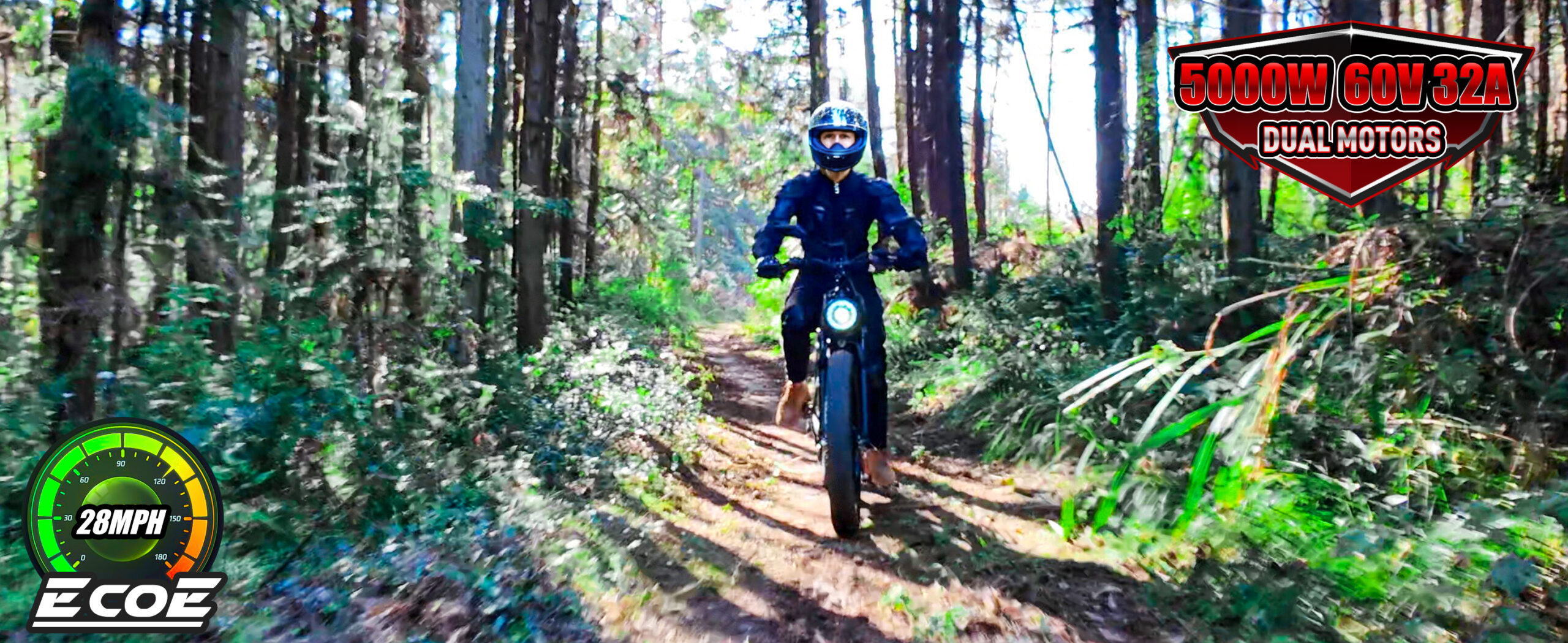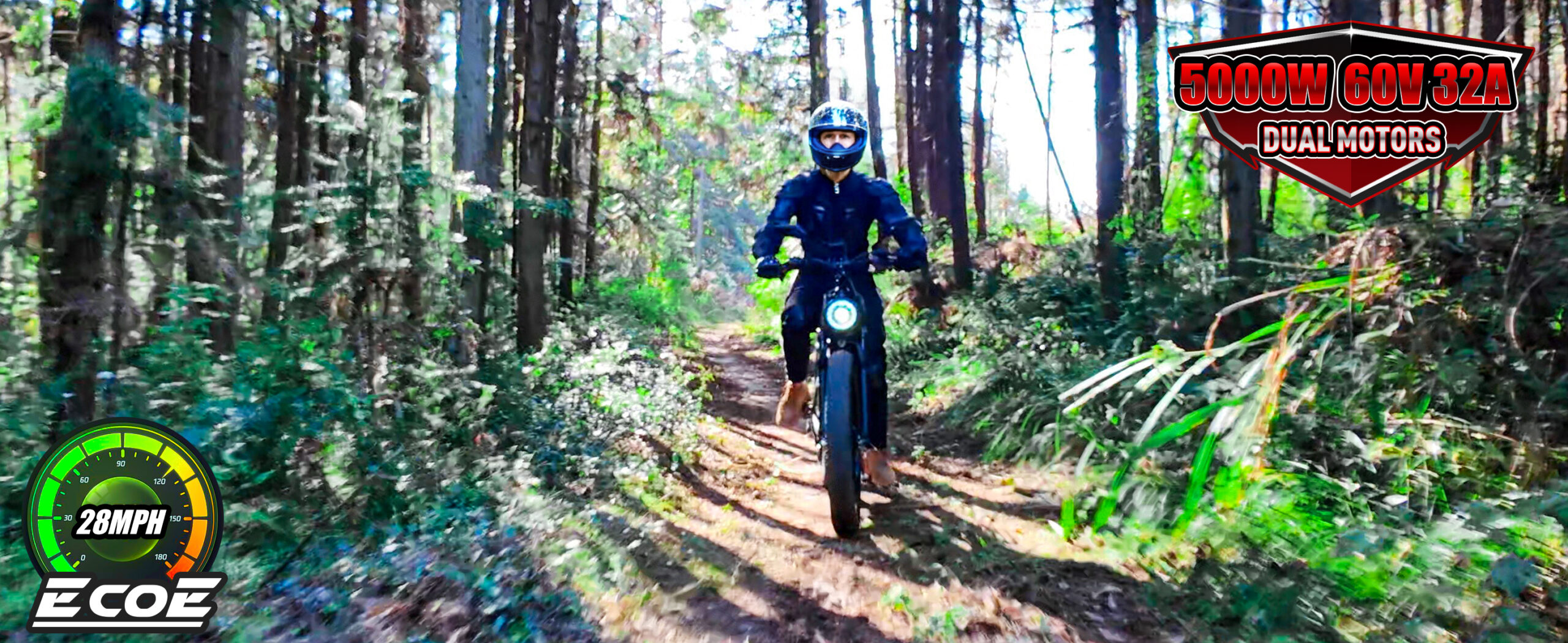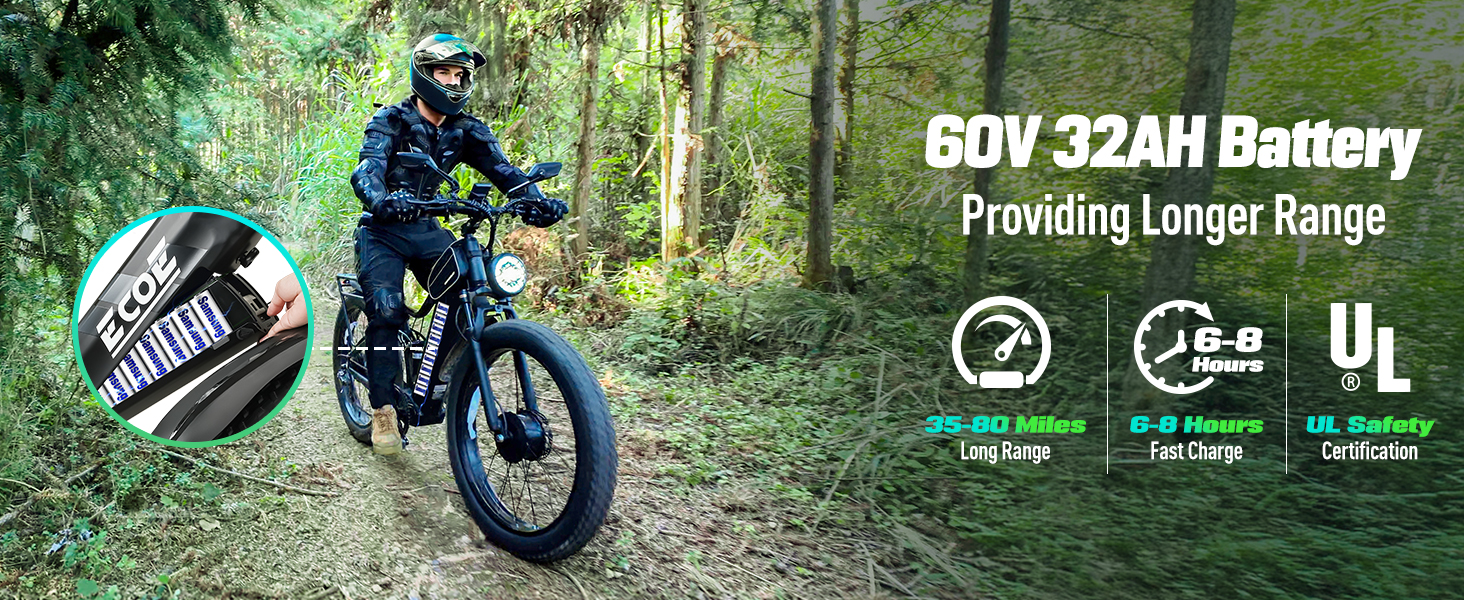Apr 14, 2025
Why Are E-Bikes Limited to 15 mph? Understanding the Speed Limits on Electric Bikes
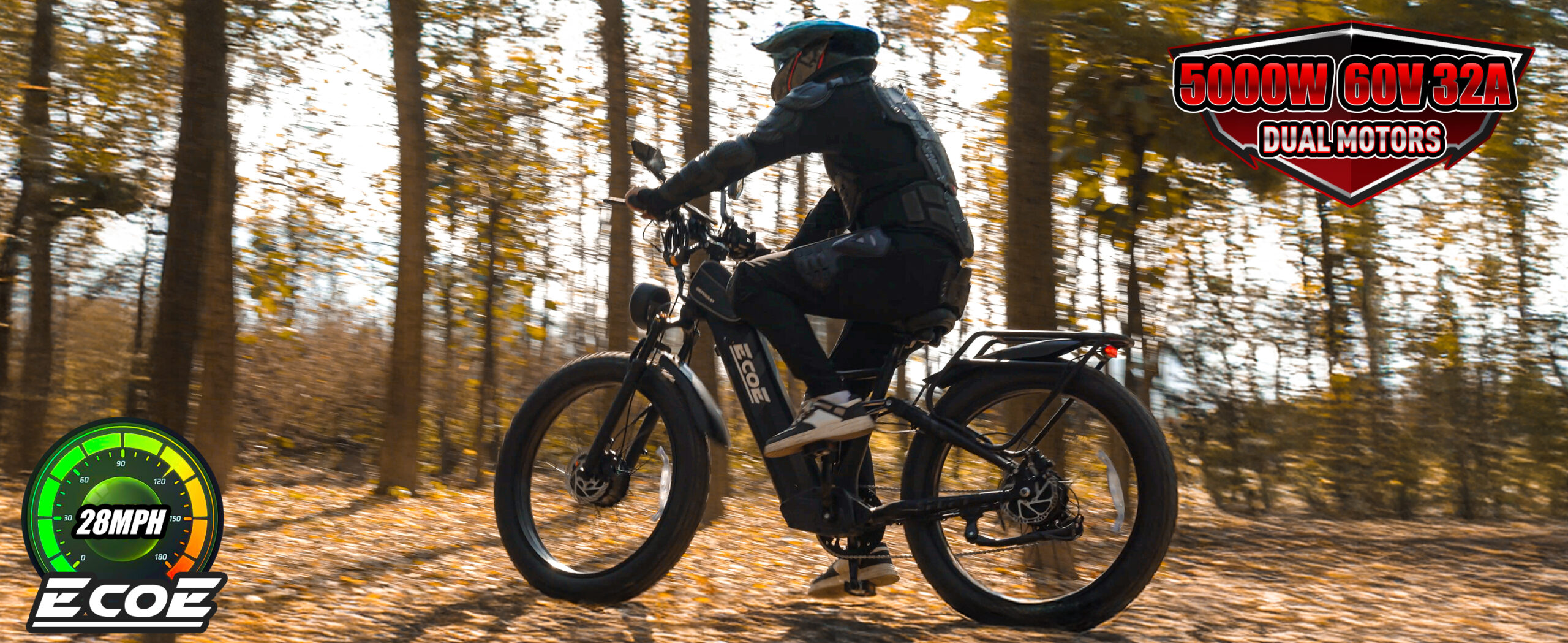
Electric bikes have rapidly gained popularity as an efficient, eco-friendly, and convenient mode of transport. But many riders often wonder: Why are e-bikes limited to 15 mph? In this article, we dive into the reasons behind the speed limits on electric bikes, including legal regulations, safety considerations, and technical factors. We’ll also explore how these limits vary and what it means for riders.
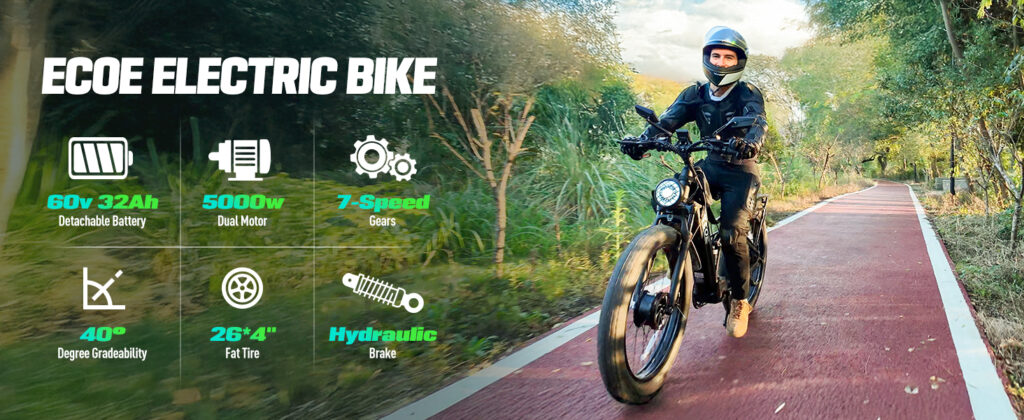
One of the primary reasons why e-bikes are often limited to speeds of 15 mph (24 km/h) is due to legal regulations. These regulations are in place to ensure the safety of riders, pedestrians, and other road users.
In the United States, e-bikes are categorized into three classes based on their features and speed:
- Class 1: Pedal-assist only, limited to 20 mph (32 km/h).
- Class 2: Throttle-assisted, also limited to 20 mph (32 km/h).
- Class 3: Pedal-assist with throttle, limited to 28 mph (45 km/h).
The 15 mph limit generally applies to areas where e-bikes fall under Class 1 or Class 2 categories, especially in places with more stringent regulations. For example, in some areas, the legal limit may be lower to ensure that e-bikes can coexist safely with pedestrians and traditional bicycles, especially in crowded urban environments.
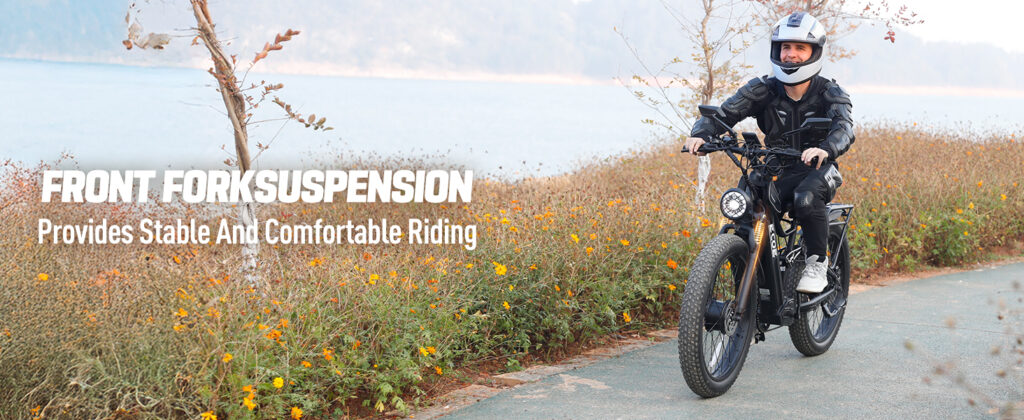
Another reason e-bikes are limited to speeds like 15 mph is to ensure rider safety. At higher speeds, the dynamics of riding an e-bike change significantly. Braking distances become longer, and the risk of injury increases if a rider loses control.
E-bikes with speeds exceeding 15 mph can pose significant challenges, especially in urban areas with dense traffic and pedestrians. Riders need more experience, skill, and attention to safely handle higher speeds. By limiting e-bike speeds to 15 mph, authorities ensure that riders are less likely to face dangerous situations while on the road.
For example, Ecoe Electric Bikes offer pedal-assist models with speeds up to 20 mph, carefully designed to maintain stability and safety even at higher speeds. These e-bikes strike a balance between speed and safety, but they also comply with legal limits, ensuring a safe ride in both urban and rural settings.
From a technical standpoint, the 15 mph limit is often a result of the design of the bike itself. Most e-bikes are equipped with motors that provide pedal assist up to a specific speed limit, beyond which the motor stops contributing to the bike’s acceleration.
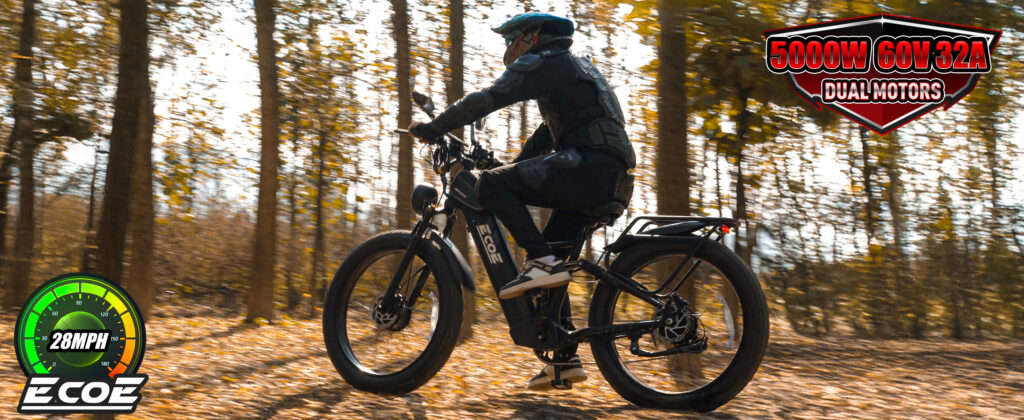
This motor cutoff is typically designed to balance power output and efficiency, preventing the bike from drawing excessive power that could lead to overheating or damage to the system. E-bikes also use specific battery types that are optimized for use within certain speed limits. Pushing an e-bike beyond these limits could strain the battery, decrease its lifespan, or reduce its overall performance.
Additionally, e-bikes that are limited to 15 mph often feature more manageable and efficient motor systems, ensuring that riders can travel longer distances without compromising their battery life. For instance, Ecoe’s 5000W dual-motor electric bikes provide high performance but are carefully engineered to balance speed with battery efficiency and sustainability.
While some riders may feel restricted by the 15 mph speed limit, there are benefits to this restriction. Slower speeds not only enhance safety but also encourage environmental sustainability. By limiting e-bikes to moderate speeds, riders are more likely to use them as an alternative to cars, reducing carbon emissions and urban congestion.
Moreover, lower-speed e-bikes tend to be more affordable, with lower maintenance costs, making them more accessible to a wider audience. Riders can enjoy the convenience of a cost-effective, green mode of transportation without the added risk associated with faster speeds.

In areas like city parks or residential neighborhoods, the 15 mph limit also ensures that e-bikes don’t disturb pedestrians or other cyclists, fostering a more harmonious environment for all road users.
As the popularity of electric bikes continues to rise, it’s likely that we will see more changes in e-bike speed regulations. Some regions may start to adjust the limits, especially as technology improves, allowing for higher speeds without compromising safety. However, it’s important to note that speed limits will likely remain based on local infrastructure, traffic conditions, and safety data.
In countries like the Netherlands, where cycling is already a major form of transportation, e-bikes are often allowed to reach speeds of up to 28 mph (45 km/h) in certain areas, thanks to well-developed cycling infrastructure. In the U.S., however, federal and state laws are still evolving, with some cities and states considering adjustments to current speed regulations as the market for electric bikes grows.
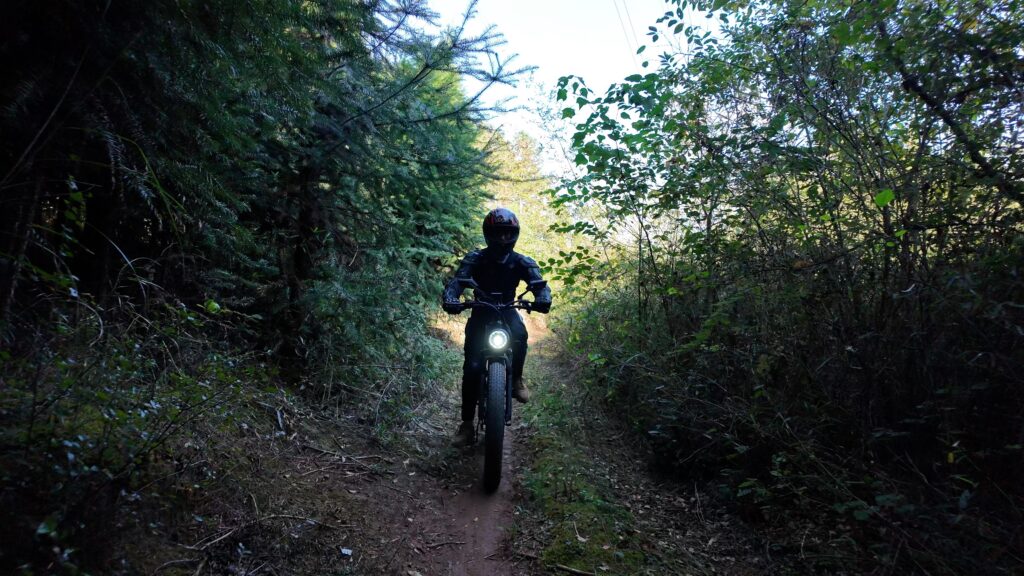
To sum up, e-bikes are typically limited to 15 mph for a combination of legal, safety, and technical reasons. While this speed might feel slow compared to traditional motorcycles or cars, it ensures that e-bikes remain a safe, sustainable, and accessible mode of transportation for a broad range of riders.
As the e-bike market continues to grow, we may see some variations in speed limits depending on the location and type of e-bike. However, for the time being, understanding the reasons behind the 15 mph speed limit can help riders enjoy a more informed and enjoyable e-bike experience.
Whether you’re riding a Class 1, 2, or 3 electric bike, knowing the speed regulations and adhering to them ensures a safe and responsible ride. And for those looking for higher speeds, Ecoe Electric Bikes offers options designed for performance, all while maintaining safety standards.
Leave a comment
Please note, comments need to be approved before they are published.
当前文章评论已关闭。

